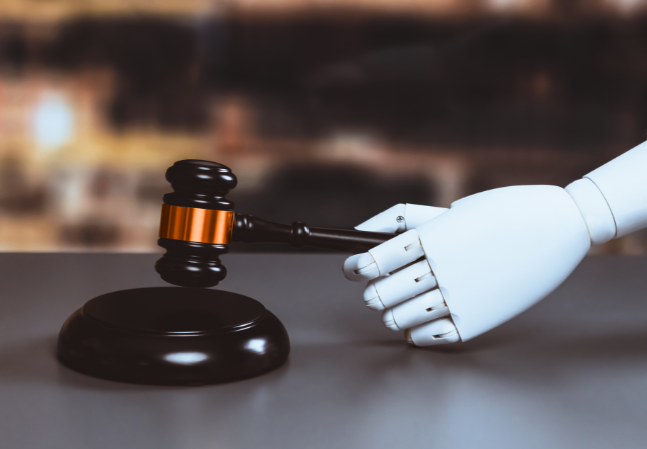Welcome! Save 30% on all CLE, CPE, and Professional Skills webinars, plus 15% off any annual pass with code HOLIDAY25
About the Course
Introduction
This CLE course will discuss provisional patent applications, their benefits and limitations, and best practices for leveraging the applications. The panel will examine when and why to use provisional applications and the issue of tying non-provisional patent applications to provisional applications.
Description
Under the first-to-file patent system, a patent claimant should file a patent application as soon as possible. Provisional patent applications will establish priority and meet the need to act quickly under the new system. A provisional application extends the term of patent protection for an additional year.
Patent counsel must understand and weigh the benefits and limitations of the provisional application before filing. The application lays the foundation for procuring a patent, avoids statutory bars, and preserves absolute novelty for foreign filings. However, it also may result in the loss of trade secrets and delay in patent issuance.
How far should patent counsel go to ensure that non-provisional applications obtain priority back to provisional applications? Non-provisional applications will not receive priority over inadequate provisional applications. However, once an insufficient provisional application has been filed, there is no way to restore priority to the filing date of the inadequate provisional application.
Listen as our panel discusses the benefits and limitations of provisional patent applications as well as when and why to use provisional patent applications. The panel will examine the issue of priority and tying non-provisional applications to the provisional patent application and offer best practices for leveraging provisional applications.
Presented By

Mr. Lazar counsels on intellectual property matters concerning a variety of technologies. He concentrates his practice in patenting electronic technology, patenting and copyrighting computer hardware and software, litigating patents and copyrights, negotiating and drafting licenses for patents and software and preparing software-related agreements.

Mr. Lohse concentrates his practice in patent prosecution, patent litigation and patent counseling. He provides patent preparation and prosecution in software and related technologies, and in mechanical, electromechanical and electrical technologies.
-
This 90-minute webinar is eligible in most states for 1.5 CLE credits.
-
Live Online
On Demand
Date + Time
- event
Thursday, August 13, 2020
- schedule
1:00 p.m. ET./10:00 a.m. PT
- Benefits and limitations of provisional applications
- When and why to use provisional patent applications
- Priority--non-provisional applications to provisional applications
- Best practices for leveraging provisional patent applications
The panel will review these and other key issues:
- Under what circumstances will a patent claimant get the most out of a provisional patent application?
- What are the benefits and limitations of using a provisional patent application?
- How can a claim to a provisional application affect the outcome of an IPR filed against the issued patent?
- What are the important considerations when determining whether and when to use a provisional application?
Unlimited access to premium CLE courses:
- Annual access
- Available live and on-demand
- Best for attorneys and legal professionals
Unlimited access to premium CPE courses.:
- Annual access
- Available live and on-demand
- Best for CPAs and tax professionals
Unlimited access to premium CLE, CPE, Professional Skills and Practice-Ready courses.:
- Annual access
- Available live and on-demand
- Best for legal, accounting, and tax professionals
Unlimited access to Professional Skills and Practice-Ready courses:
- Annual access
- Available on-demand
- Best for new attorneys
Related Courses

Patent Validity and Entresto: Lessons From the Ongoing Dispute
Tuesday, January 13, 2026
1:00 p.m. ET./10:00 a.m. PT

Evaluating and Acquiring Patent Portfolios: Key Considerations
Thursday, February 19, 2026
1:00 p.m. ET./10:00 a.m. PT

Evaluating and Acquiring Patent Portfolios: Key Considerations
Available On-Demand

Invalidity Opinions in Patent Litigation: Shielding Against Liability
Available On-Demand



